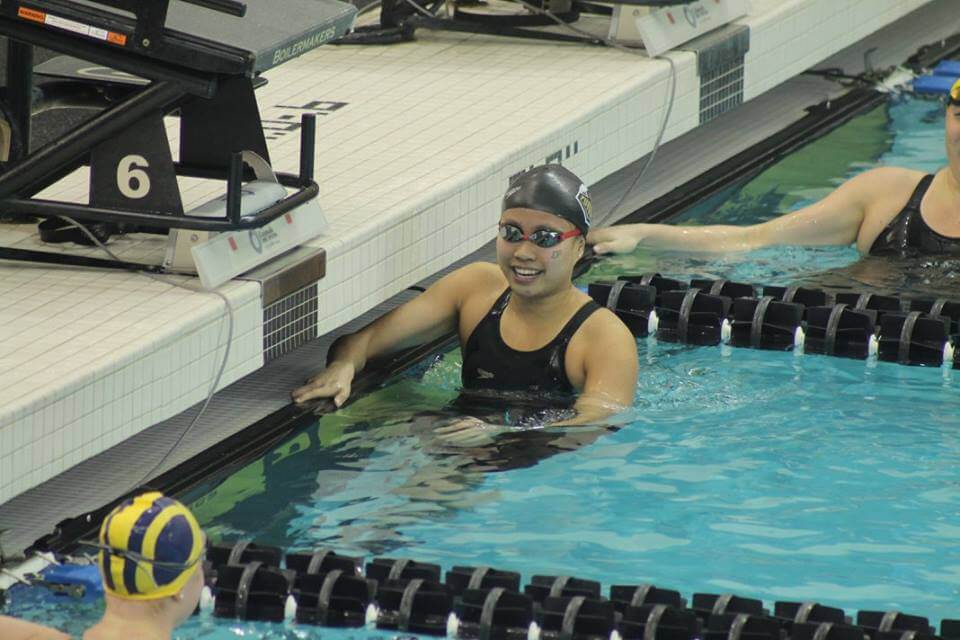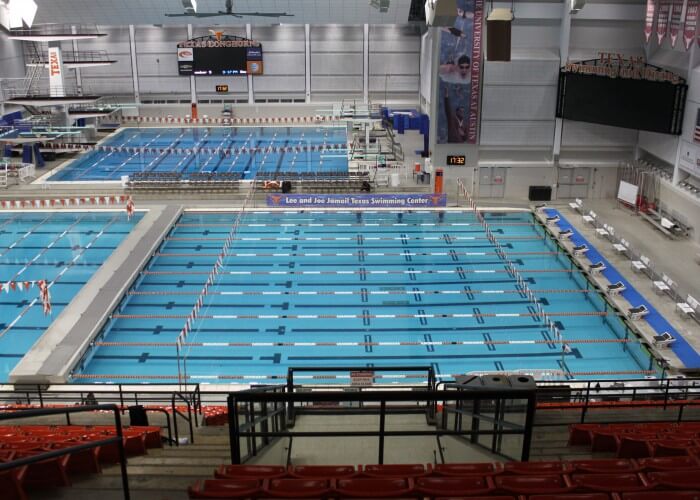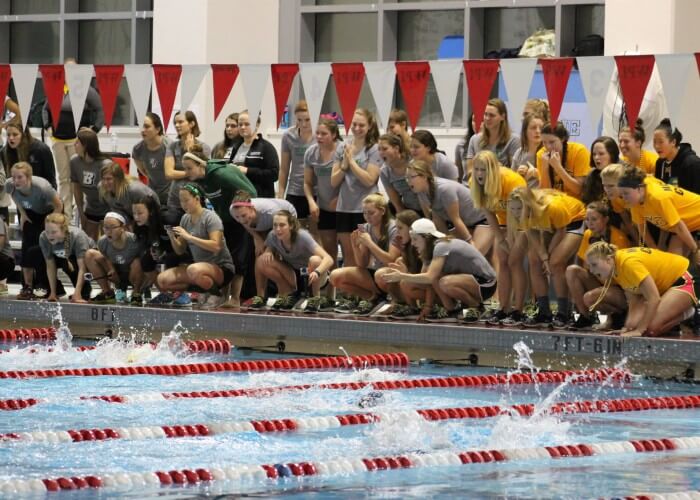College Swimming in the Eyes Of An International Student-Athlete

By Jinq En Phee, Swimming World College Intern.
A number of foreign swimmers are making an impact on the NCAA swimming scene. According to scholarshipstats.com, the percentages of foreign students competing in NCAA swimming are 5.9 percent and 5.8 percent respectively for men and women. At this year’s National Championships, Joseph Schooling from Singapore (University of Texas), Farida Osman from Egypt (University of California), and Felix Aubock from Austria (University of Michigan) were among those with the most notable performances.
I too am an international student studying and training here in the United States. When I was living at home, I heard my older teammates who had just returned from the States constantly talking about their experience and I wondered what all the fuss was about. After making the move myself, I finally understood.
So what made me decide to travel halfway across the world just to swim and study?
College sports are not as popular in many countries as they are in the United States. In my country, we didn’t have an association like the NCAA that helps build athletic programs in colleges and universities.
When I was in high school, I found my passion in competitive swimming and I decided that I didn’t want to just stop after I graduated from high school. I wanted to attend college and be able to swim competitively at the same time.
Not that it’s impossible to achieve that in my country, but it’s definitely more difficult. My club coach, who studied and swam at UCLA, introduced me to the college swimming scene in the USA, and that was when I decided that the USA was the place I wanted to go to after high school.

Photo Courtesy: Andy Ringgold/Aringo Photography
Transitioning into college swimming from a place where I only swam long course meters all my life was tough. I had to rethink how to swim my strokes differently to adapt to short course yards, learn what a good timing for a 100 yard race is, and practice twice the amount of turns that I was used to.
The first few months trying to learn how to swim short course yards wasn’t as easy as I thought it would be. There were too many different things that I had to think about when I swim, and walls just appear way more often than what I was used to.

Photo Courtesy: Steve Snodgrass
Swimming aside, the hardest part was to adjust to the different language, food, and the American culture.
English isn’t my first language. There were a lot of basic words that I couldn’t pronounce properly when I first came here due to the lack of exposure to the English language back home. I had to start learning how to speak and write English every day. I’m also still adjusting to having to eat food that I only ate once every few months back home.

Photo Courtesy: America East
What really surprised me is how every swimmer on my team is a team oriented person. That was the biggest difference, compared to where I came from where swimming is more of an individual sport.
I was at my first dual meet and people were cheering so loudly for their teammates when they raced. It was weird because I was only familiar with racing in a dead quiet environment. After being involved in this sport for more than a decade, I finally got to experience swimming as a team sport, and that is one amazing experience I would love to share with everyone else back home.
I’ve only been in the United States for about eight months, but I’d say that getting to experience college swimming here invaluable, and it is a privilege.
All commentaries are the opinion of the author and do not necessarily reflect the views of Swimming World Magazine nor its staff.




Great job jinq
Love you sister! Great article
International student athletes are stealing tax payer funded public colleges scholarship money from Americans. If the college is private, and takes no tax money, the school should be able to do what it wants. Foreign students should not be able to get tax payer funded public college scholarships that should be going to well-deserved American students.
Actually, Jinq goes to Purdue University, where the athletic department is completely funded by alumni and fans through the John Purdue Club. None of her scholarship is funded by taxpayers– all of it is private. After making Malaysia’s national team and qualifying for the Olympics, I’d say she has definitely done more than enough to earn the honor of competing for Purdue.
Matt, first off boilermaker is correct in that Purdue is one of seven athletic departments that is self funded. 2 go to a local university. The number of diverse students there is incredible. From all walks of life and from every country around the world. These students work hard and still have the same criteria if not harder criteria given they are required to pass a test(TOEFL) in their non native tongue. The number of Americans who would be able to do that? Far smaller. Having been a D1 walk on swimmer I swam with both domestic and foreign athletes. The international athletes worked just as hard if not harder in the pool and in the classroom than their American counterparts. Americans are free to go to universities in other countries and some do. Other governments offer aid as well for scholarships, we are just the only country in the world who has a collegiate athletic program like ours. Jinq’s article was well written and gives a different perspective of what those athletes have to go through. We should be celebrating the accomplishments of all athletes in this country regardless of background.
Correct. They can compete on private clubs and private schools.
Jordan Hawkins, I agree with Matt Seadog